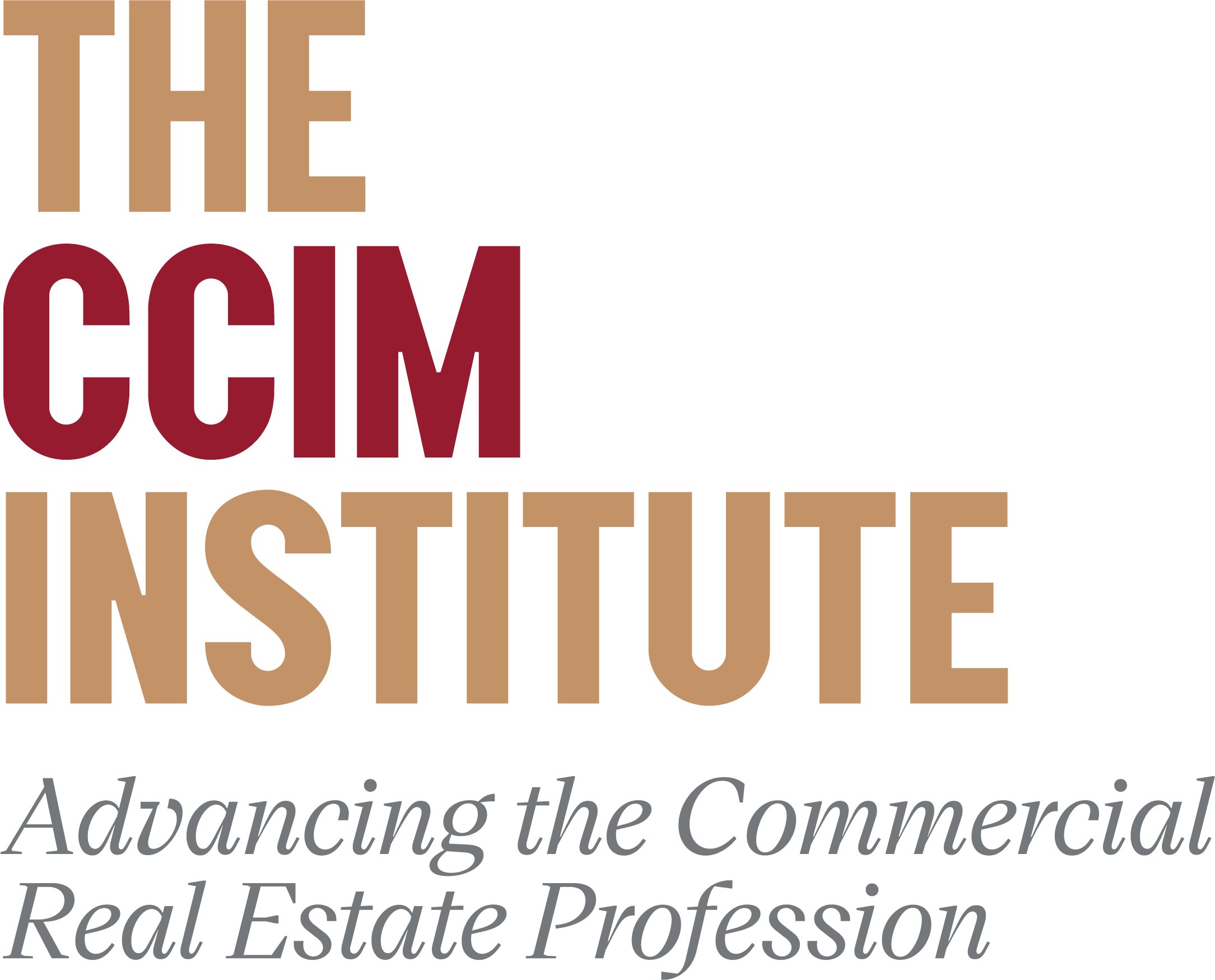Are Last-Mile Logistics Driving The Future Of Commercial Real Estate?

The coronavirus pandemic shined a light on the importance of many things: safe, easy access to medical care; fast, reliable internet connections; a comfortable place to work from home; and more. Above all, the pandemic highlighted just how popular e-commerce has become and the important role it could play in the future.
E-commerce adoption experienced a huge increase during the pandemic as more people relied on online delivery services for their everyday needs. A report from Digital Commerce 360, a Chicago-based research and media firm, found that the top 500 retailers in North America, including Target, Amazon and Walmart, generated a combined $849.5B worldwide in 2020, a 45.3% increase from the previous year.
This e-commerce boost has created a new need in the commercial real estate industry for better last-mile logistics. Last-mile logistics is defined as the final step of a delivery process when a package arrives to the end user after traveling from the factory and through several distribution channels. This last mile can be impacted by a number of factors, including “multiple components of infrastructure, including ports, inland waterways, rail, highways, bridges, energy, aviation, and even levees and storm-water management," according to the Certified Commercial Investment Member Institute.
Today, with more people and businesses than ever relying on e-commerce to deliver the most basic supplies, a supply chain with minimal disruptions has never been more important. This means it has never been more important to perfect last-mile logistics.
Bisnow recently spoke with CCIM Chief Economist K.C. Conway to learn more about CCIM Institute’s Q2 2021 Commercial Real Estate Insights report, Last-Mile Logistics: Commercial Real Estate’s Growth Engine, and the role last-mile logistics will play in the future of commercial real estate.
Bisnow: Why do you consider last-mile logistics to be commercial real estate's growth engine?
Conway: No matter which property type you want to touch base with or whatever we're doing in our economy, it all has to center around the supply chain. Whether it’s a company trying to stock a retail store or somebody ordering something to their house, it's all about how we get that last segment delivered.
FedEx, Amazon and others use middle-mile package delivery companies like XPO Logistics to handle the delivery of their packages when they are over capacity. Many of these middle-mile companies have come out with announcements in the last 30 days saying that they're at full capacity for the rest of the year and cannot take any more deliveries. So we’re probably going to see the worst, most problematic holiday package season ever this year, which will further highlight how important this last mile is.
Bisnow: What is the Golden Triangle, and how is it related to last-mile logistics?
Conway: I coined this phrase a number of years ago, when I noticed our most critical infrastructure — where the majority of our ports are, where manufacturing occurs — is in this triangular region that starts at the Great Lakes, and goes down on the left side to Texas, and on the right side covers the mid-Atlantic and in Florida.
This is where five of our seven Class 1 railroads move, and as a result, it is where we see the highest rate of manual new manufacturing announcements, expansions and reshoring. It's also where we see the highest amount of e-commerce fulfillment warehouses, because companies want to be close to or aligned to that logistics infrastructure.
Bisnow: How can story maps help the CRE industry plan last-mile logistics?
Conway: So much of what we do today is visualizing data. I think we've become so accustomed to computers and technology and our smartphones that we're very visually oriented. Story maps help make data come alive and be visualized. We did a story map of the Golden Triangle in our paper where we showed where all the ports are, where the Class 1 railroads are, where Amazon is. As you turn on each of those data layers, you begin to see patterns that answer questions like site selection or where logistics infrastructure gets the most congested. It's a powerful way to visualize data.
Bisnow: Do you believe there are any items missing from the infrastructure bill that is working its way through Congress that would help improve last-mile logistics for the CRE industry?
Conway: The authors of the bill need to go back and read the new American Society of Civil Engineers infrastructure report cards. Every four years, the ASCE produces an infrastructure report, and this spring they released the one for the last four years. In it, the ASCE noted how severe the country’s infrastructure problems are. It's not just roads and bridges, it’s levees and dams and sewers and more. If they studied this report, they would see that the money needed to fix these problems just isn’t in the current bill — in fact, it will only cover about 10%.
We’ve developed a last-mile logistics course at CCIM Institute, and in it we explain that we tend to think of last-mile logistics in just one dimension: How Amazon gets something to a customer’s doorstep. In the long term, we also need to consider business-to-business: How does Procter & Gamble get something to the grocery store? How do the supplies that go into making a car make it to the plant? These are the things that need to be considered when planning the future of last-mile logistics.
This article was produced in collaboration between Studio B and CCIM Institute. Bisnow news staff was not involved in the production of this content.
Studio B is Bisnow’s in-house content and design studio. To learn more about how Studio B can help your team, reach out to studio@bisnow.com.

